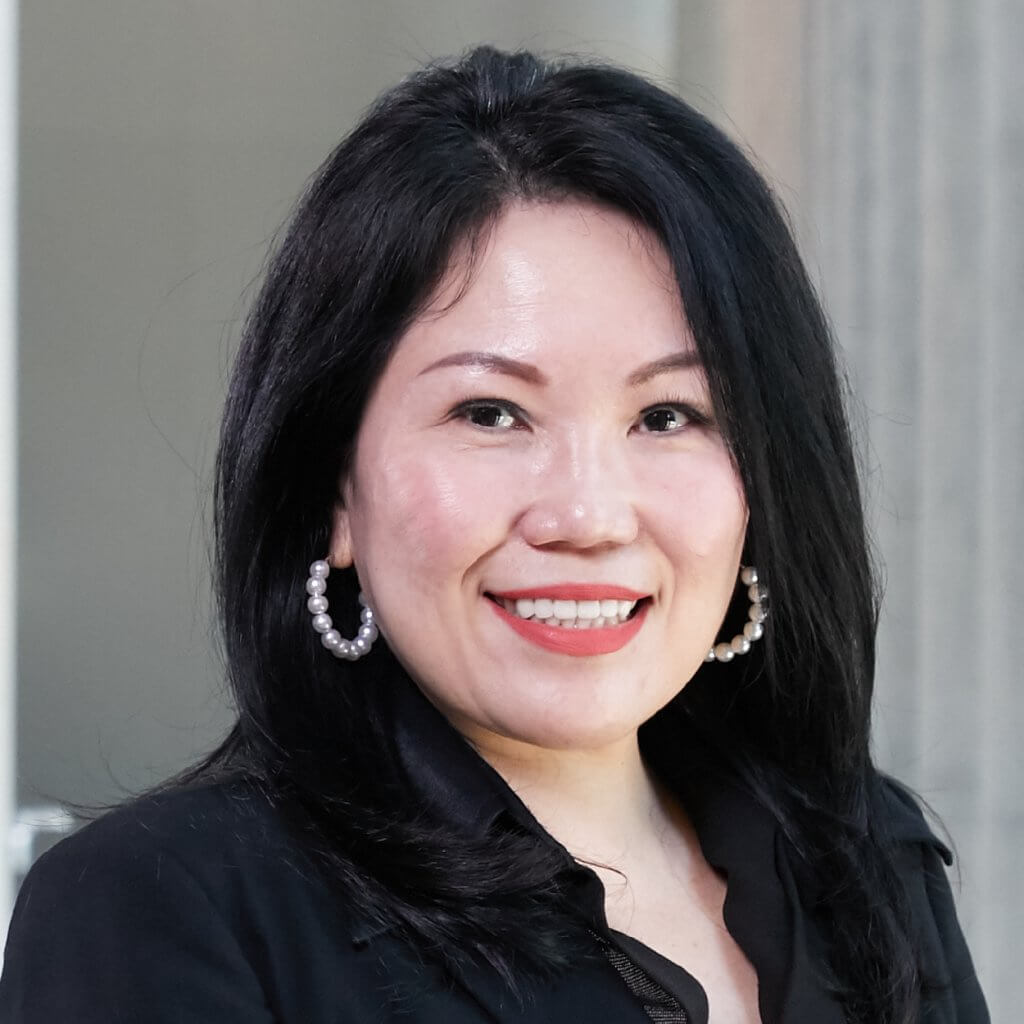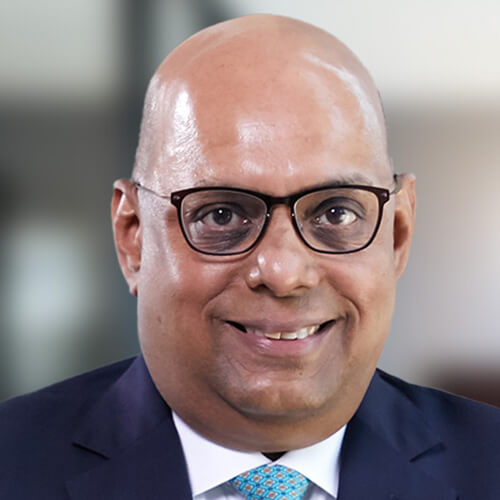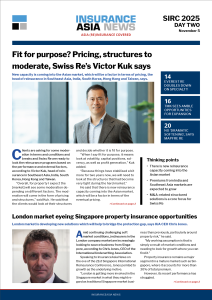SIRC: Insurance key tool to address protection gap for Emerging Asia’s middle class: Peak Re
November 5 2025 by Mithun Varkey
The Emerging Asian middle class is optimistic about their local economies and their future financial prospects, but it also sees some of the widest protection gaps globally.
China, India and Indonesia face significant health and mortality protection shortfalls given large populations and rapid economic growth, while natural catastrophe protection gaps for the region are estimated at over 90%, among the highest globally.
“The protection gaps are also widening,” according to Jasmine Miow, head of South Asia and Southeast Asia markets at Peak Re.
“Changing lifestyles, ageing populations, climate change, medical inflation and a rise in emerging threats like digital and cyber risks are altering the risk landscape and introducing new vulnerabilities.
“Closing the protection gaps in Emerging Asia represents a vital opportunity not only for insurers, but also for governments, policymakers, and society at large in order to enhance financial security and build resilient communities prepared for the challenges of the future.”

“Despite being aware of risks, many middle-class consumers feel that insurance is either unaffordable, unnecessary, or too complex, leaving them vulnerable to financial shocks.”
Jasmine Miow, Peak Re
A Peak Re survey of 8,000 middle-class consumers across seven emerging markets finds a significant mismatch between the middle- class consumers’ perception about their protection gaps, versus industry estimates.
On average, consumers perceive smaller protection gaps than those estimated by the insurance industry.
“Health and mortality gaps are better understood by consumers, though still underestimated,” Miow said.
“Despite being aware of risks, many middle-class consumers feel that insurance is either unaffordable, unnecessary, or too complex, leaving them vulnerable to financial shocks.”
The mismatch reflects gaps in consumers’ risk awareness, or in the understanding of the need for protection and/or of the adequacy and scope of their existing coverage.
“In the Philippines, standard policies often exclude floods and earthquakes, while those in Malaysia exclude specific perils like earthquakes, requiring expensive add-ons,” according to Miow.
Shifting landscape
Optimism about economic future affects the perception of protection gaps. India and Vietnam, where individuals are the most optimistic about their financial future, reported the smallest perceived protection gaps.
“In India, two emerging risks are climate change and cyber risks,” said Sudhir Salian, head of India and Middle East markets.
“India ranks sixth in the global climate risk index for climate vulnerability, and with the advanced development of the Unified Payment Interface based financial ecosystem, high digital penetration and the pervasiveness of digital transactions exposes the market to unprecedented cyber risks.”

“The perceptions of low protection gaps indicate the immense potential for insurance from engaging with consumers through targeted education and understanding their unique risk protection needs.”
Sudhir Salian, Peak Re
The survey showed that 43% of middle-class consumers expect climate change to significantly impact their life over the next three years.
It has shifted from a distant environmental issue to an immediate and personal economic threat for many.
Miow noted: “The saying, ‘we escaped poverty, only to be chased by the rising tide’, captures the profound existential anxiety of Vietnam’s middle class, framing climate change as a direct threat to their hard-won socioeconomic progress.”
Floods and heatwaves are the top extreme weather concerns in the region, but significant regional variability is seen, where consumers in the Philippines are the most concerned about typhoons, and droughts rank high in Vietnam.
“It is seen as a force that could reverse decades of national and personal economic progress,” according to Miow.
Insurance engagement
Encouragingly, insurance remains the primary tool for consumers looking to close these protection gaps, according to the survey.
This is especially the case in Indonesia and India, where the willingness to purchase insurance is the highest.
Salian said: “The perceptions of low protection gaps indicate the immense potential for insurance from engaging with consumers through targeted education and understanding their unique risk protection needs.”
-
Beazley | What does cyber protection look like from day 1 to day 600 and beyond?
Cybersecurity is no longer just an IT concern, but a governance issue that belongs on the boardroom agenda.
-
Sedgwick | Preparing for the next storm
Insurance industry needs to recalibrate, invest in innovation and strengthen systems, talent and data practices.
-
Peak Re | From climate modelling to market opportunity: Forging a new clarity on Southeast Asia’s climate risk
Southeast Asia's protection gap: a crisis of clarity, not just capital
-
BHSI WICare+ | Accelerating Payments, Empowering Recovery
Launched in cooperation with Steadfast’s Singapore network, WICare+ fills the gaps found in traditional coverage and keeps businesses and their workforce secure by covering up to SG$350,000 in medical expenses per claim.

